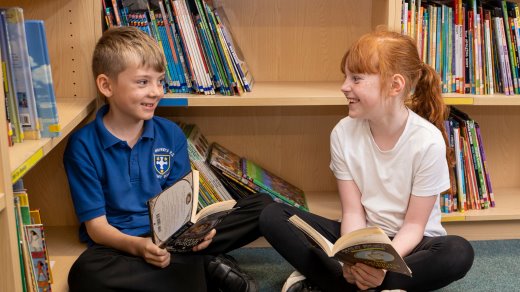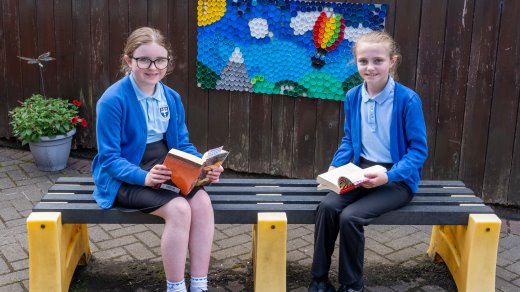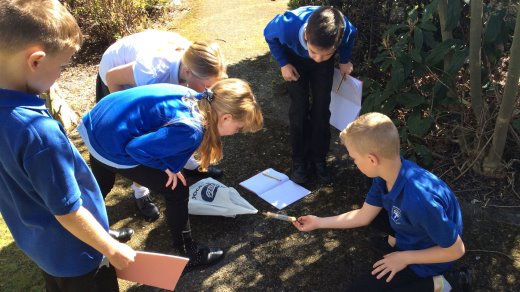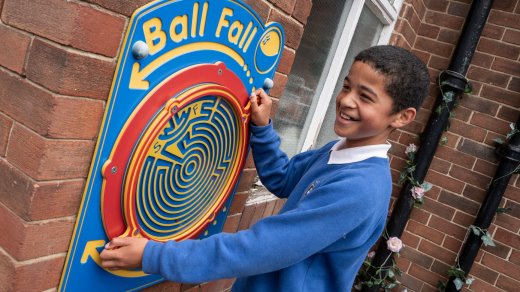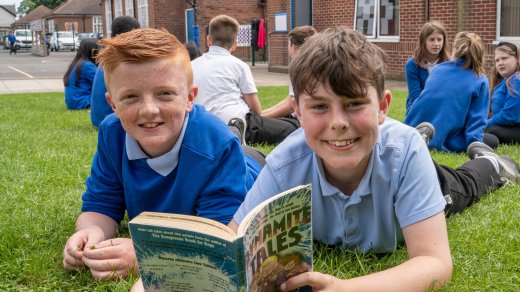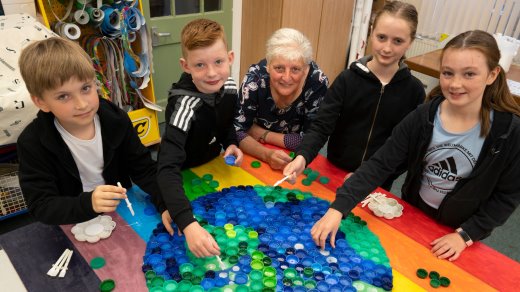00 - 01
English
Reading is at the heart of our English curriculum at St. Wilfrid’s. From EYFS to Year 6, high-quality core texts are read to our pupils, to widen their range of vocabulary and to inspire their writing.
In KS1 and KS2, a progression of writing genres is followed; the writing genres are linked to the core texts, or a link/model text.
Lesson sequences include:
- Reading the core text and exploring vocabulary
- Grammar, punctuation and spelling objectives that can be applied within the writing genre
- Unpicking the features of high-quality model texts
- Extended writing
- Opportunities to edit, improve and redraft written pieces, working on whole-class, group or individual targets
Across the school, a daily Reading Morning takes place, in which children are exposed to a wide range of texts. Reading Morning incorporates opportunities for one-to-one reading, group guided reading and, in KS2, whole-class reading.
Daily story time in every class further promotes the importance of reading for pleasure. Through our English curriculum, we aim to develop children’s love of literature and to promote high standards of language and literacy, by allowing children to develop a confident command of the spoken and written word.

